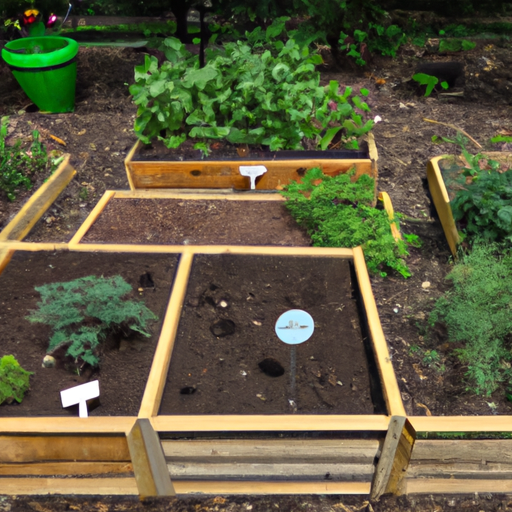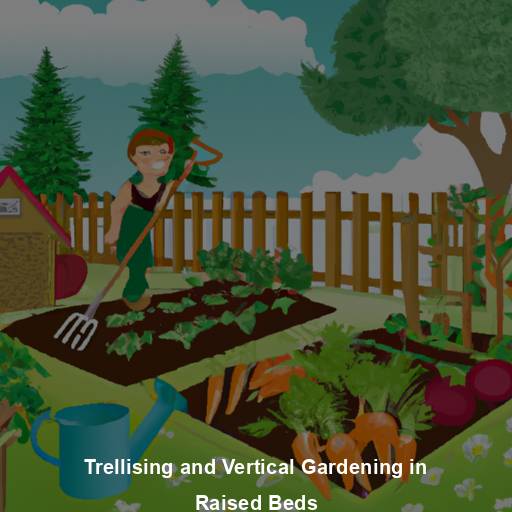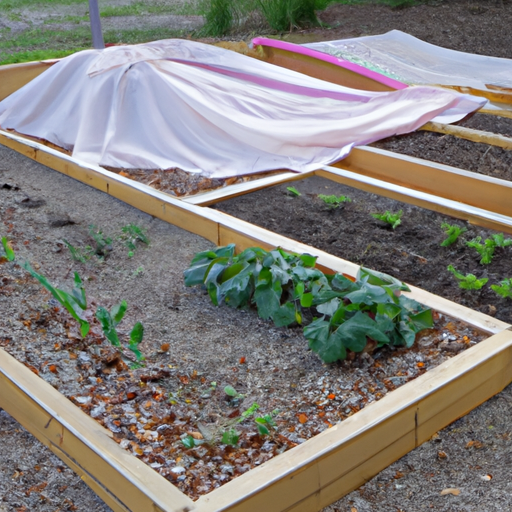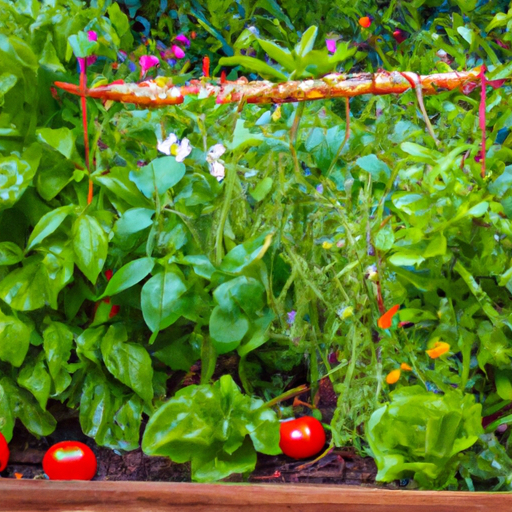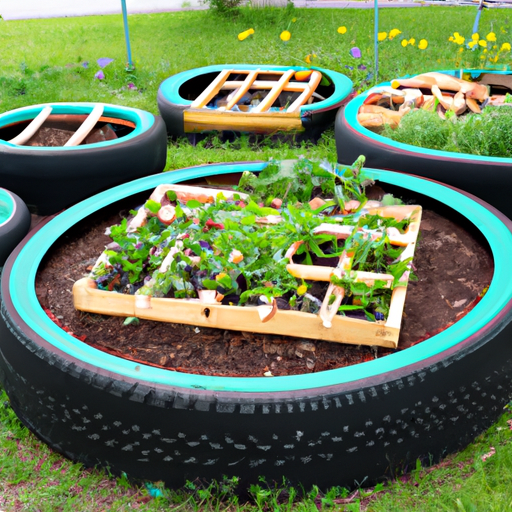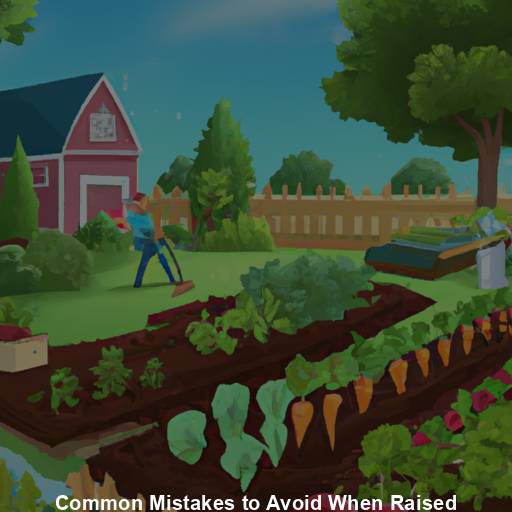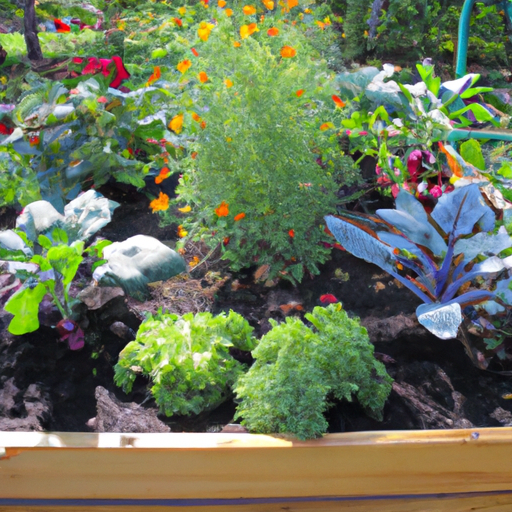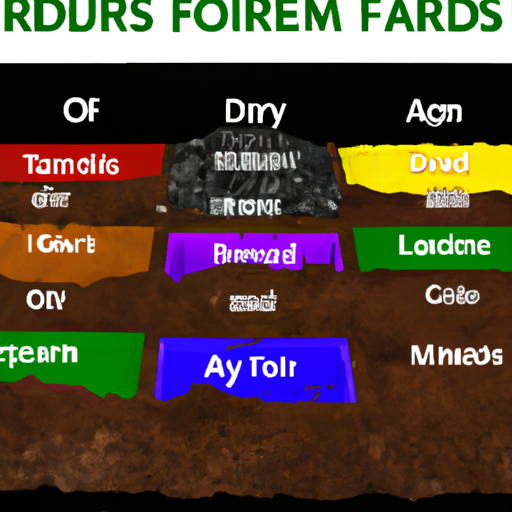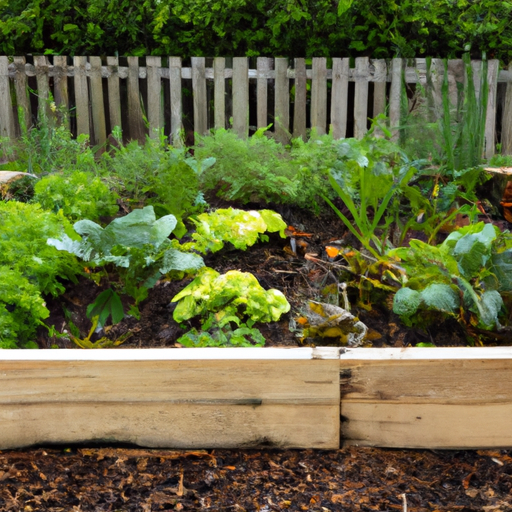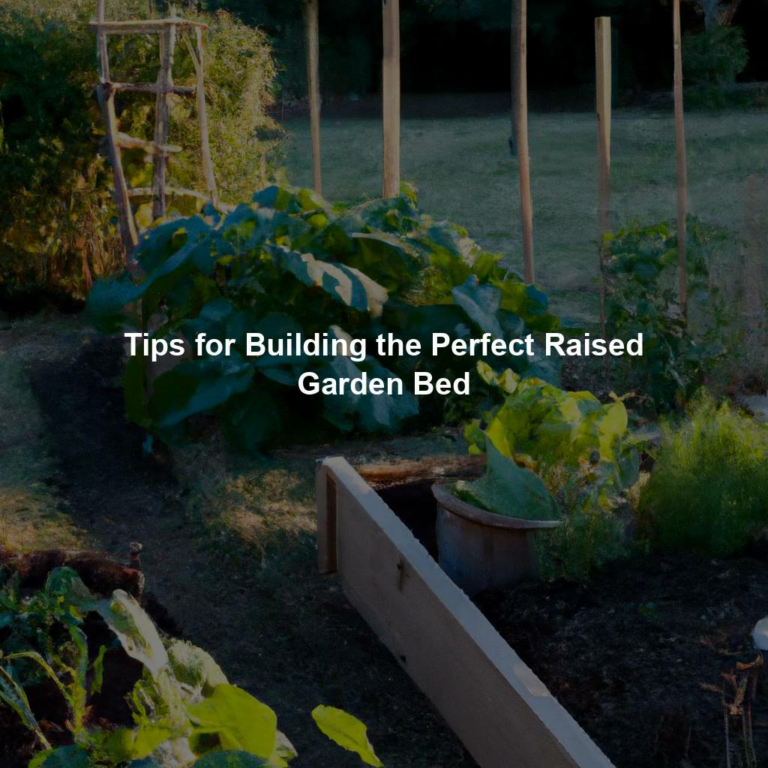Solutions for Common Pest Problems in Raised Bed Gardens
This message discusses common pest problems in raised bed gardens and offers solutions to address them. It includes information on dealing with aphids, slugs and snails, as well as tips on companion planting, deterrents, and maintaining a healthy garden ecosystem. The message emphasizes the use of natural remedies and alternative methods to chemical pesticides for pest control in raised bed gardens.
